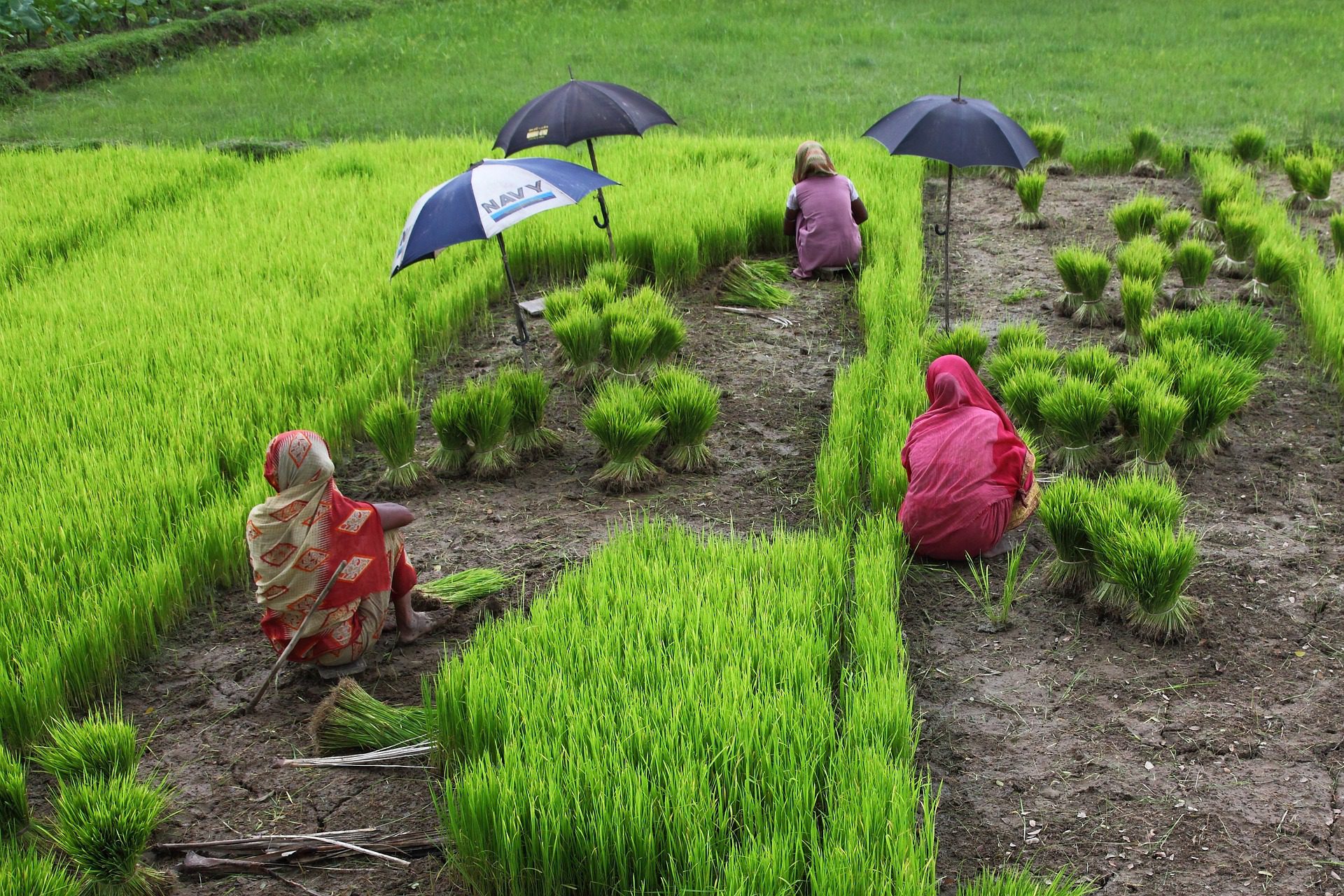
Strengthening International Labor Migration Systems in Bangladesh to Protect Workers
Context
Each year, more than 400,000 Bangladeshi workers leave in search of work outside of their country.1 Currently, Bureau of Manpower, Employment and Training’s (BMET) data shows that the majority of Bangladeshi migrant workers go to the Gulf and other Arab states either as unskilled or semiskilled temporary workers. Without access to safe migration channels, many migrants leave through unofficial channels, increasing their risks of exploitation and deportation. Due to the COVID-19 pandemic, IOM reported that more than 400,000 Bangladeshi migrants were forced to return home in 2020.2 While men make up the majority of overseas labor migrants, Bangladeshi women are increasingly participating in international labor markets. Female migrants represent 12 percent of the total migration flow from Bangladesh, with the majority employed as domestic workers. Over the last ten years, the Government of Bangladesh has taken steps to develop legal and policy frameworks and institutional mechanisms to better regulate international migration. These include the Overseas Employment and Migrants Act 2013, Expatriates‘ Welfare and Overseas Employment Policy 2016, Labour Migration Management Rules 2017, Wage Earners‘ Welfare Board Act 2018, and Policy Guidelines for Mandatory Insurance for Migrant Workers 2019. Under this backdrop, GFEMS funded the Catholic Agency for Overseas Development (CAFOD) in consortium with Ovibashi Karmi Unnayan Program (OKUP) and Caritas Bangladesh (CB) to implement activities to better support repatriation, rehabilitation, and reintegration services to Bangladeshi migrants and survivors. From April 1, 2020 to August 31, 2022, OKUP and CB delivered shelter, airport pickup, psychosocial counseling, medical support, legal, as well as economic and livelihood services to 1,020 returnee migrants and survivors (75% women, 25% men) in the Dhaka, Munshiganj, Gazipur, Tangail, Faridpur, Cumilla, Narsingdi, Manikganj and Narayanganj districts of Bangladesh
Research Overview
From 2021-2022, GFEMS funded Population Council to undertake research to gain a better understanding of the migration landscape in Bangladesh, including laws, policies, and migrant worker experiences. Population Council conducted a mixed-methods study in Faridpur and Munshiganj, two districts in central Bangladesh with a high volume of overseas labor migrants and where OKUP and Caritas were delivering economic and social reintegration activities for returning migrants. Along with a literature review, data collection included 40 IDIs with randomly selected3 migrants who returned from GCC countries over the last two years and 10 (KIIs) with government and nongovernment stakeholders working with the international labor migration system in Bangladesh. Sampled returnee migrants had been employed abroad in unskilled or low-skilled jobs, including construction, sanitation, agriculture, garment manufacturing, hospitality and food services, and domestic work. Sampling was designed for equal representation of male and female returnees, and respondents were between 20 and 45 years old.
Read or download full report here.
